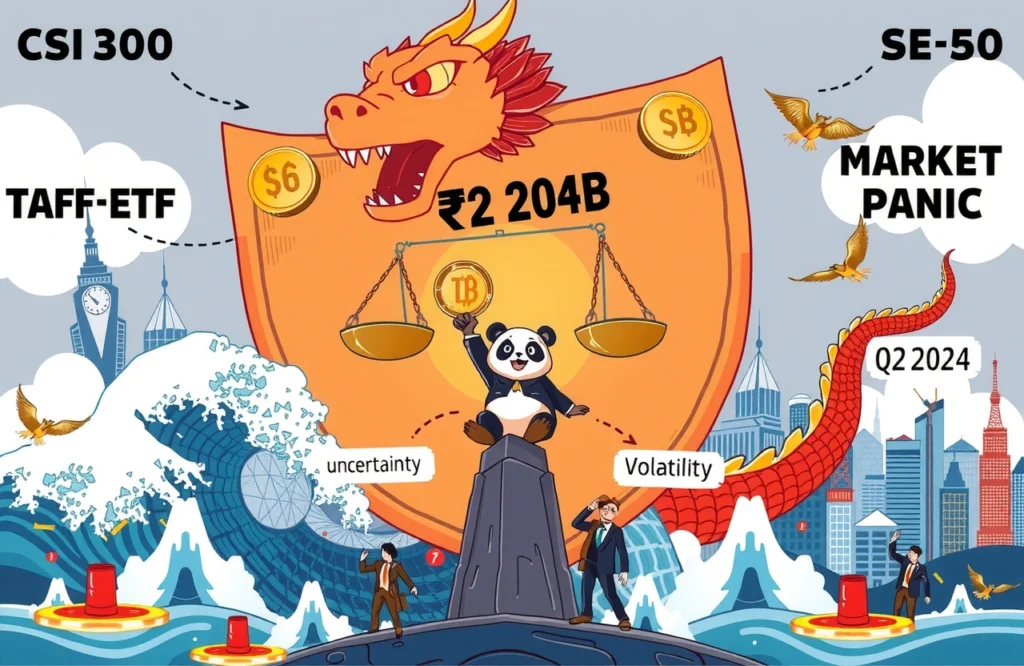Article Overview
– Chinese programmers secure unprecedented compensation packages exceeding $200M annually
– Meta recruits elite AI scientists from OpenAI and top Chinese universities
– 50% of global AI researchers originate from Chinese backgrounds
– Triple-filtered talent pipeline delivers top performers from tsinghua/pku to AI giants
– Scarcity of reasoning-focused AI specialists drives hyperinflation in tech salaries
The Billion-Dollar Talent Revolution
Silicon Valley’s compensation landscape has shattered conventional ceilings as Chinese programmers command staggering packages nearing $200 million annually. Shanghai Jiao Tong University alumnus Pang Ruoming (庞若鸣) epitomizes this shift, securing a jaw-dropping $200 million deal when joining Meta from Apple – dwarfing Cristiano Ronaldo’s celebrated €94 million football transfer. The acceleration of AI talent acquisition hit fever pitch last month when Zuckerberg personally recruited four scientists from OpenAI’s research team: Tsinghua graduate Zhao Shengjia (赵盛佳), Peking University alumnus Ren Hongyu (任泓宇), University of Science and Technology of China product Yu Jiahui (余家辉), and Zhejiang University’s Bi Shuchao (毕书超). This unprecedented $100 million talent raid signals fundamental shifts in how tech giants value artificial intelligence architects over traditional tech leadership roles.
The Chinese Tech Elite Ascending Silicon Valley
Cultural barriers dissolve rapidly at technology’s cutting edge where Chinese innovators command unprecedented authority. The semiconductor sector’s "Four Heavenly Kings" highlight this dominance: NVIDIA’s Jensen Huang (黄仁勋), AMD’s Lisa Su (苏姿丰), Broadcom’s Hock Tan (陈福阳), and former Intel technology lead Lip-Bu Tan (陈立武). Emerging luminaries reinforce this trend:
Meta's Recognized Visionaries
In late June, Zuckerberg highlighted 11 researchers from Meta’s Super Intelligence Lab – 7 Chinese recruits including Zhongyuan Academy scholars. The significance? These thinkers chart the company’s AGI roadmap beyond conventional machine learning.
xAI' Strategic Brain Trust
At Elon Musk’s July xAI debut, engineers Wu Huaiyu (吴怀宇) and Ba Zhenyu (巴震宇) flanked the billionaire onstage, symbolizing Chinese technical leadership within ventures challenging OpenAI. Paulson Foundation data confirms Chinese researchers now outnumber American counterparts in elite-tier AI institutions.
Chinese Dominance in Global AI Research
This ascendency emerges from systematic talent cultivation tracing back to China’s rigorous STEM education structures. During a May industry address, NVIDIA CEO Jensen Huang (黄仁勋) revealed 50% of global AI researchers originate from Chinese backgrounds representing three distinct talent streams:
– Second-generation immigrants blending entrepreneurial mindset with technical depth (e.g., Scale AI founder Alexandr Wang)
– Graduates emerging from China’s C9 League universities completing the ‘triple-filter’ pipeline
The Winning Formula Explained
What defines these breakthrough innovators? Key patterns:
– Undergraduate training at institutions like Tsinghua prepares them rigorously, often studying 80+ hours weekly
– US elite graduate programs provide mentorship and access to unstructured research environments
– Tech giants identify innovators creating paradigm-shifting approaches to reasoning systems
The Belt-and-Road Initiative’s scholarship programs since 2013 seeded this talent transfer, positioning thousands at Stanford, MIT, and UC Berkeley. Proof emerged when Beijing-based startup DeepSeek briefly outperformed OpenAI in November – a feat achieved by Tsinghua-trained engineers.
The Hyperinflation of AI Salaries Explained
What economic principles justify these mega-deals? Consider Sam Altman’s famous assertion: while top software engineers outperform peers 10x, elite AI researchers deliver 10,000x innovation leverage. This scarcity-driven calculus unfolds through three evolutionary phases:
Perceptive Phase (2008-Present)
Stanford’s ImageNet launch sparked visual recognition breakthroughs, dominated by data abundance. Chinese researchers contributed disproportionately due to massive labeled datasets.
Cognitive Transformation Era
Transformer architectures shifted focus toward computational scale where NVIDIA’s H100 processors became currency. Meta stockpiled 600,000 GPUs while scrambling for reasoning expertise.
The Rationality Imperative
Today’s AGI frontier demands specialists like Zhao Shengjia (赵盛佳) who architect systems mimicking human deduction. As ChatGPT flounders on sixth-grade math problems, institutions desperately seek innovators bridging symbolic reasoning gaps. Meta paid the premium knowing labor elasticity disappears at stratospheric skill tiers – precisely how a specialist eclipses Apple CEO Tim Cook’s $75 million compensation.
Global Expansion of Talent Warfare
China’s own tech giants counter-scaled investment dramatically:
– Alibaba allocated $137 billion toward AI infrastructure spending
– Zhang Yiming personally directs ByteDance’s Seed AGI division
– Huawei’s "Genius Youth" recruits PhDs with $300k base salaries
Tencent and Baidu similarly pivoted from entertainment services toward foundational models. The collective urgency reflects National Academy reports predicting China’s AI talent deficit will exceed 5 million by 2025 despite university pipelines educating 1.6 million annual STEM graduates.
Coding: The Modern Pathway to Social Transformation
Philosophers once advised ‘learning leads to governance’ – today, algorithm mastery enables stratospheric mobility. Young engineers like Ren Hongyu or Bi Shuchao attained billionaire status before age 35 through computational linguistics breakthroughs. China’s vocational emphasis delivered:
– 900% increase in computer science majors since Taobao launched e-commerce revolution
– 7 Nobel-equivalent Turing Awards claimed by Chinese-descent innovators
The phenomenon challenges conventional career economics – kickstarting generational wealth creation regardless of starting socioeconomic position
Conclusion and Future Outlook
Silicon Valley’s stratified compensation pyramid now positions supreme AI architects above traditional executives – a tribute to technocrats winning the reasoning frontier wars. As frontier models advance beyond current GPT architectures, talent extraction campaigns will intensify across Zurich, London, and Shenzhen research hubs. For global enterprises: prove cultural ecosystems nurture unconventional thinking. For governments: reconfigure STEM curricula prioritizing creativity alongside computation. For aspirants? Master probabilistic reasoning architectures today – tomorrow’s trillion-dollar AI market guarantees your value creation command imperial premiums.




